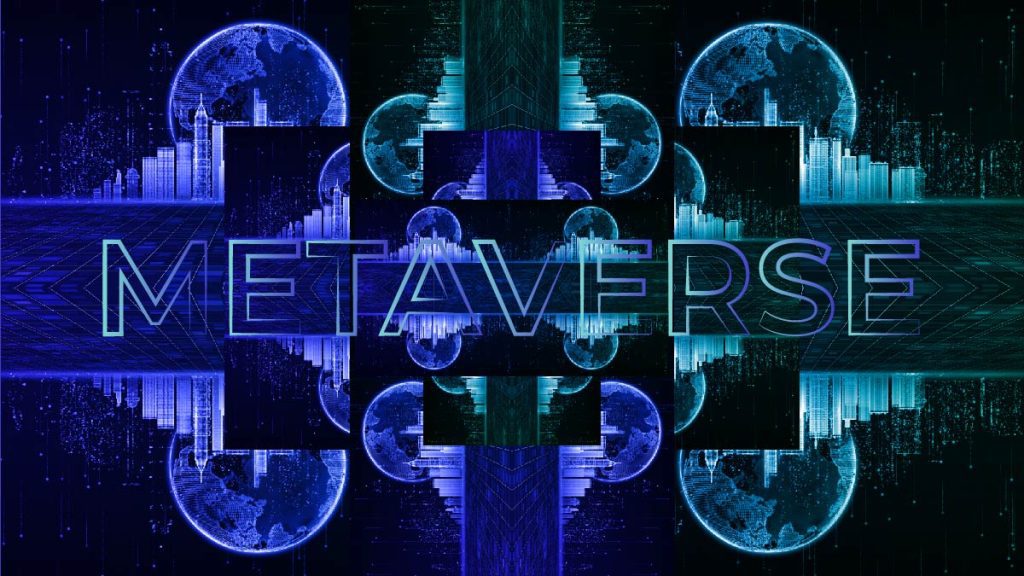
Can there be multiple metaverses? How many metaverses exist out there? Is it a single metaverse that combines many universes? As always, to answer any of these questions, we first have to get out definitions straight.
Defining the Metaverse
Everyone and their dog have a slightly different definition for the Metaverse, but it’s safe to say that the most accepted parameters that define the Metaverse are as follows:
The Metaverse is an immersive, interactive next-generation internet referred to as web 3.0, often, but not always, rendered by virtual reality (VR) or augmented reality (AR) technology.
How Many Metaverses Are There?
There are over 160 companies developing the Metaverse as we speak, chief among them:
- Epic Games: The company responsible for Fortnite and its live virtual concerts.
- Meta Platforms: Formerly Facebook, Meta is creating Metaverse software, hardware, and virtual social platforms and interactive media.
- Niantic: The company behind the AR mobile game, Pokemon Go.
- Microsoft: Entering the gaming industry by storm after acquiring Activision Blizzard for $67 Billion.
- Decentraland: Founded in 2017, spearheaded the virtual real estate trend.
- Many more.
Each of these companies are developing their own virtual platforms, environments, and universes that, when connected to the real world and the rest of the virtual worlds out there, become part of a Metaverse.
What Makes the Metaverse “Meta?”
The prefix meta- is most used in metaphysics, a branch of philosophy that dates to the 14th Century and is concerned with the fundamentals of reality and existence. The building blocks of reality. The backstage of the universe that joins and connects all the set pieces that form our collective reality in this show called life. Deep stuff.
The word meta then goes beyond being a marketing buzz word that we have all grown tired of. It implies that something in the background connects one aspect with the rest of everything else.
That thing, as far as anyone involved is concerned, is blockchain technology.
Metaverse and Blockchain Technology
No matter how many Metaverses claim to be out there, they cannot be classified as such without the meta-aspect. This means they need to be somehow interconnected with other worlds. This is where blockchain and web 3.0 come into play.
Perhaps there can be a Metaverse without blockchain technology, but then wouldn’t it just be the internet?
Well, yes and no.
Roblox does not use blockchain, yet everyone agrees that it is one of the earliest iterations of the Metaverse. That is because you can – technically – exchange its in-game currency for real fiat currency.
While the actual value may or may not be worth the time spent playing the game, you can still buy virtual and real-world items with it one way or another.
Blockchain technology, while not currently a fundamental aspect of the Metaverse, is the technology that will enable its future by offering permissionless transactions with interoperability, persistent identity, and immutability across multiple platforms.
Through this, blockchain technology makes your virtual presence real and connectable to the real world. That is what makes blockchain a central part of the Metaverse.
Permissionless verification of data enabled by decentralized blockchain ledgers inherently puts any web interaction in the hands of the people involved. Be that interaction personal or professional. This ability to bypass the middleman yet still maintain a secure transaction of any kind is what the Metaverse is built upon.
How the Metaverse Relates Today
Asking how many Metaverses there are is like asking how many websites there are on the internet. A lot, and more, are being created every day.
You can also say it is like asking how many internet sites there are in the world, but that is more down the line.
Just as today’s internet consists of thousands of different websites all vying for control over their respective niches, so too will many Metaverses.
As the world develops more ways to entertain and engross people in virtual experiences, we will be seeing different additions to this next gen internet, much like today.
Many websites, apps, and platforms have become a part of our everyday lives such as YouTube, Google, or social media like Instagram and TikTok. In the future we will probably see more and more web 3.0 enabled applications that will grow, evolve, and multiply as the internet has in our lifetime.
Closing Thoughts
We can never know exactly how many Metaverses can exist in the future for the same reason we could not have known how many websites would exist today in the 90s. What the market will look like, what unicorns will surface and take the world by storm, and what people will shape the metaverse to be is as vague a question as it gets. Only time will tell.